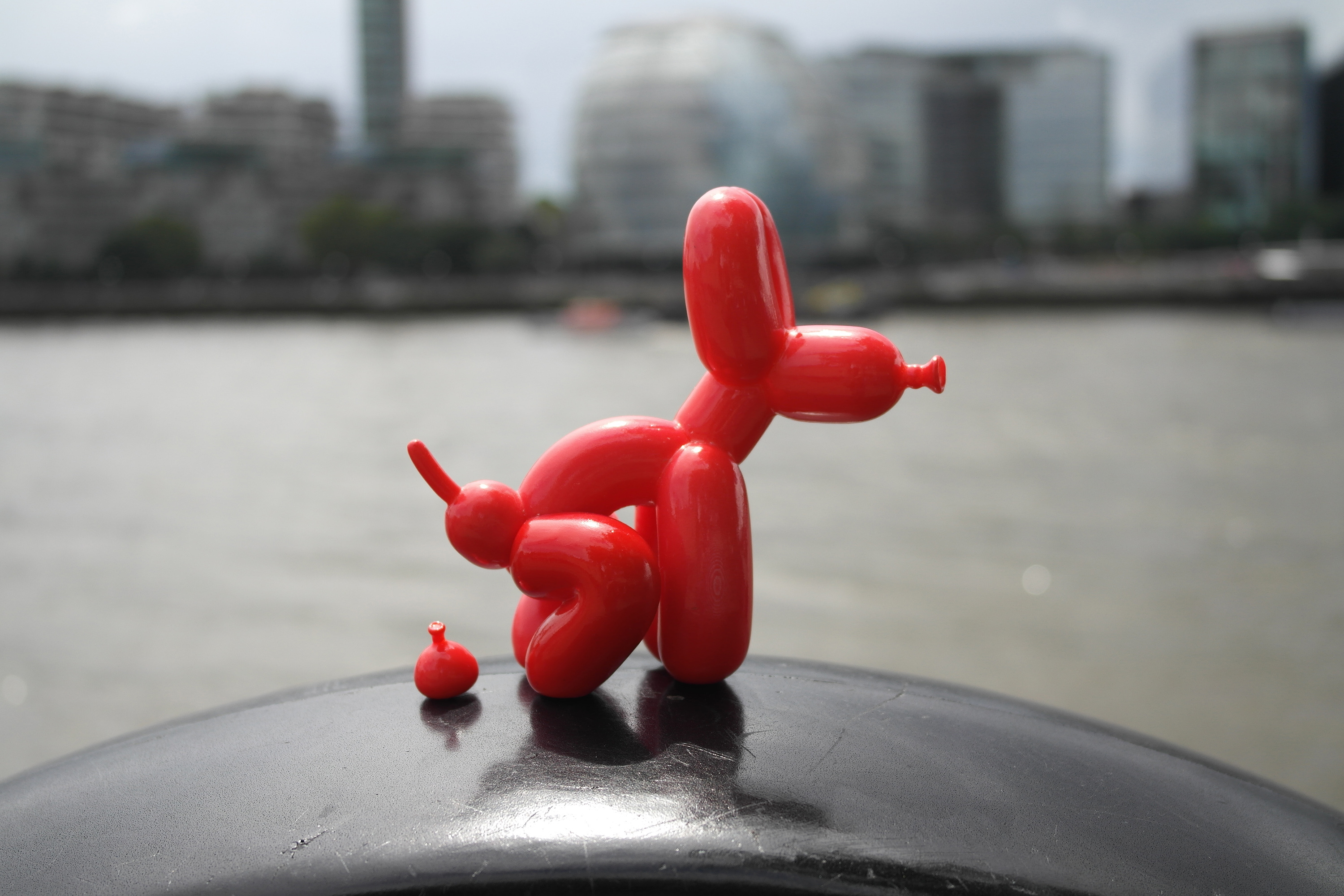Laurie's Blogs.
Nov 2019
Poopy-butt, Dingle-berries, Cling-ons, Hang-er-ons, etc.!

You might be thinking, ‘What in the world is Laurie talking about now?’ If so, then perfect! I love attention grabbing headlines! In today’s blog, I want to talk about dogs that have poop left behind after they defecate, or dogs that tend to ‘walk and poop’, or squat multiple times to get out a poop, or those that seems to finish pooping early and leave some poop hanging on their butt fur.
Sometimes (not always…), this could be related to lumbosacral pain. Okay, so follow my line of thinking here. The correlation between poopy-butt and lumbosacral pain popped up recently based on my own Sheltie and her poop-issues, and a client-owned sheltie with ‘cling-on’ issues. In my own dog’s case, she had had some diarrhea and a rounded back. Now, I didn’t think those two things went together (and I still don’t) … but what was related was that when we would clean her up, she was very painful to lift her tail in order to clean her bottom. You are likely familiar with the ‘old fashioned’ test for lumbosacral pain – the tail jack test. Well, I believe that’s exactly what she was complaining about when we lifted her tail to clean her bottom. Now to be clear, she has other issues currently going on that are related to WHY she has diarrhea, but the rounded back, multiple pooping sessions, messy butt fur, and tail lifting pain go together. Nothing new there, other than I’ve been cleaning her back side regularly and subsequently doing tail pull traction more frequently, and it’s helping. She no longer has tail lifting pain.
But let’s get to the second sheltie, my patient. So, I’m working on him and thinking, ‘whoa little fella, you a somewhat malodorous!’ So, I checked his back end, and sure enough he had poop stuck to his butt fur near his anus. The owner had mentioned that this is a recurrent problem, he always has ‘dingle-berries’, because he doesn’t finish his pooping in one go. He does the ‘walk and poop’ and will often trot off quickly after he defecates, thus leaving poop to ‘hang on’ under his tail and in his butt fur.
With that bit off information, I decided to be extra attentive in assessing his L7-S1 region. And sure enough, when I manually compressed that area / those joints, he had pain. When I pushed on L7 spinous process laterally in an attempt to feel the end-feel to the motion, he also had pain. With gentle pressures and normal palpation, he didn’t. Only when I tested end motions and compressions could I elicit a response. Hmmm! So, my physio brain was spinning with this new information.
Thinking back to the subjective history of known lumbosacral disc disease patients, I remembered that owners also noted poop-stance problems. Meaning that their dogs had troubles maintaining a prolonged squat position in order to defecate. Well, what if poor poop-positioning is an EARLY SIGN of lumbosacral disc disease instead of something we note afterwards!?!
So, with my sheltie-patient, I did some manual therapies for the L7-S1 region (mobilizations and traction), some modalities (laser), and I prescribed tail traction for home. We’ll see what effect that has on his poopy-butt in the future.
But what had occurred for me as a clinician is that now when I hear of a dog that struggles to fully defecate in one squat, or who had recurrent ‘poopy butt’, I’m going to be more diligent about assessing the lumbosacral junction. Hopefully you will too!
Wishing you a dingle-berry-free week ahead!
Cheers,
Laurie


